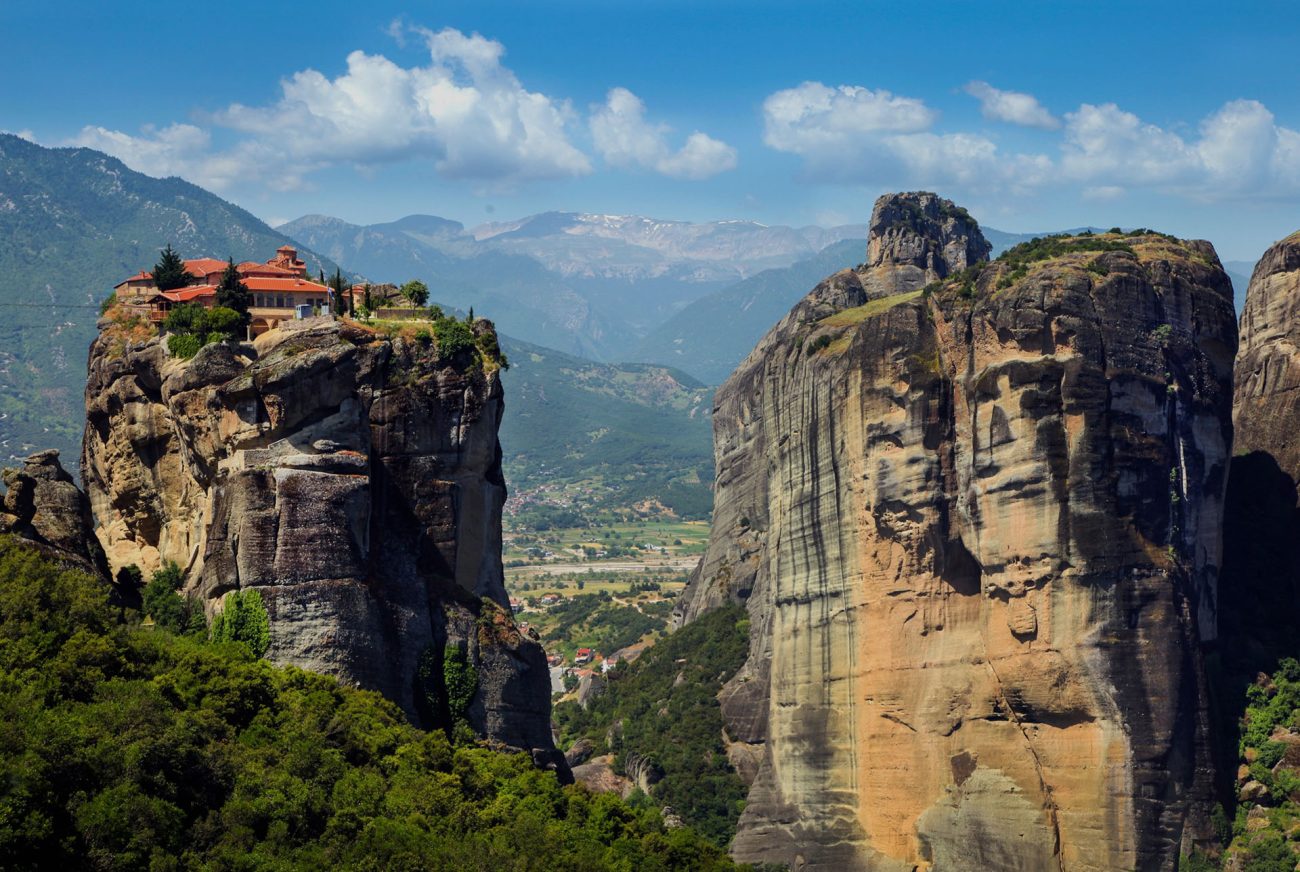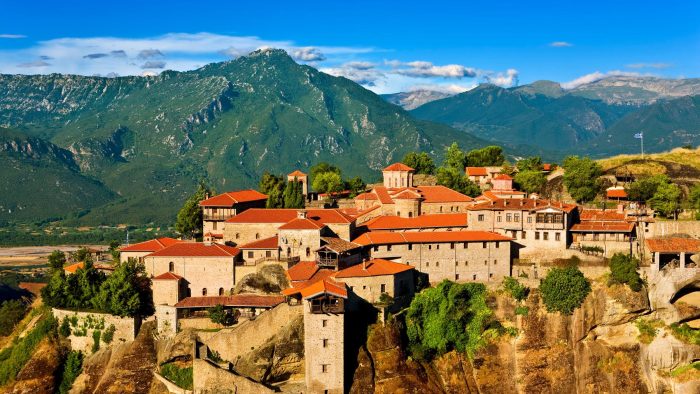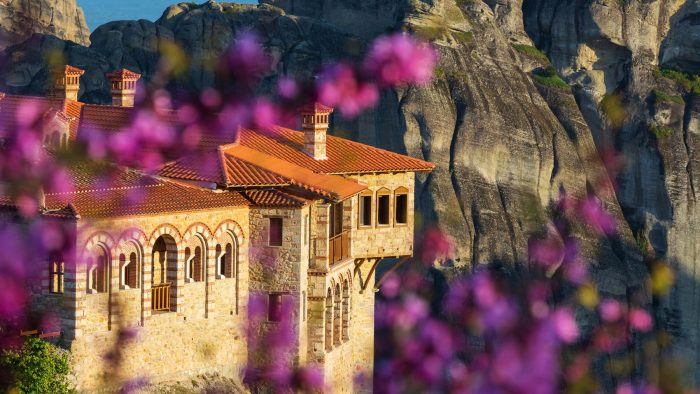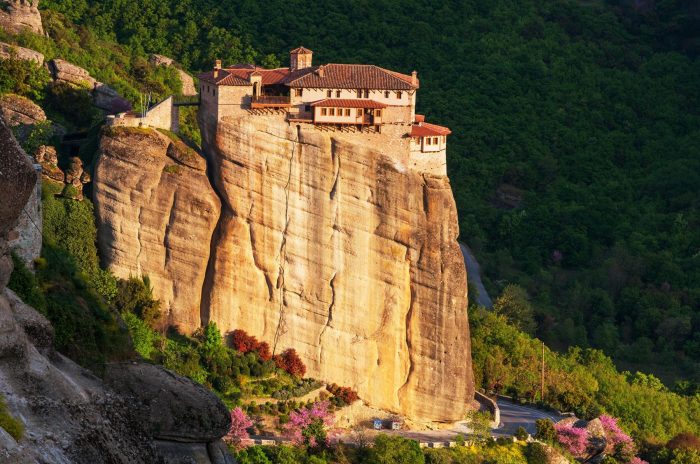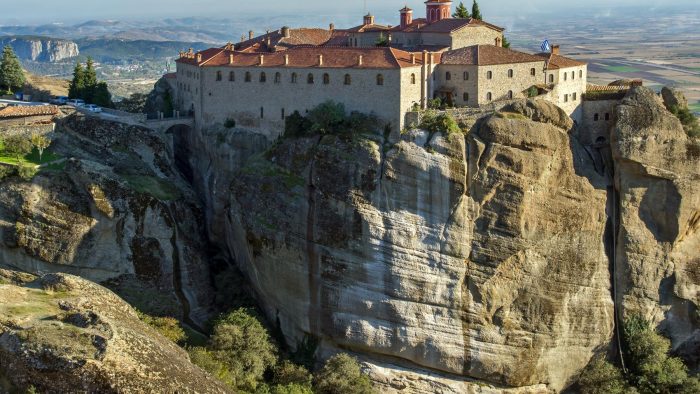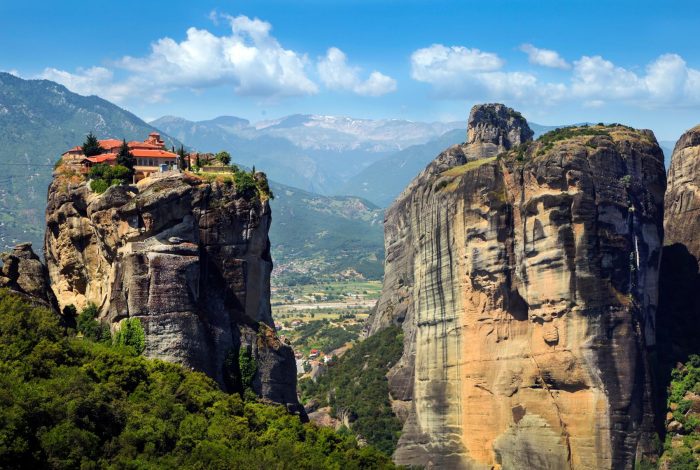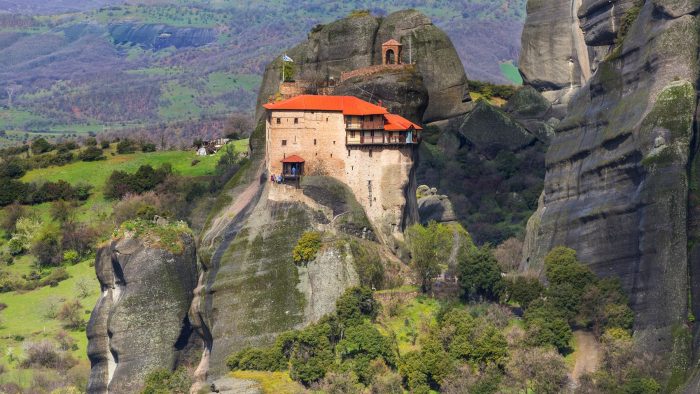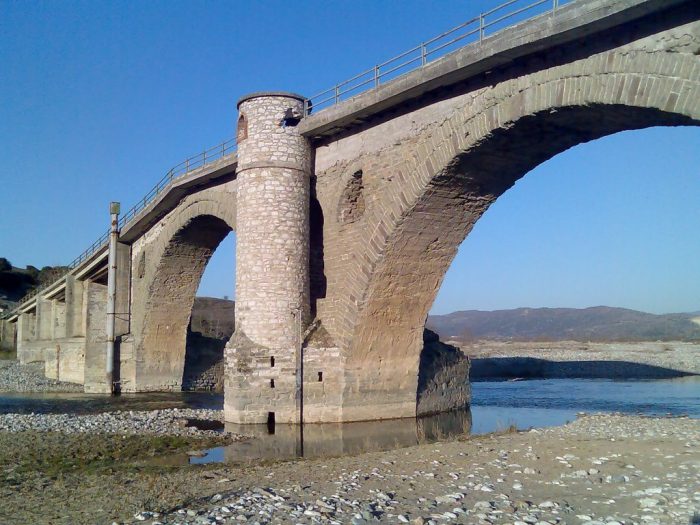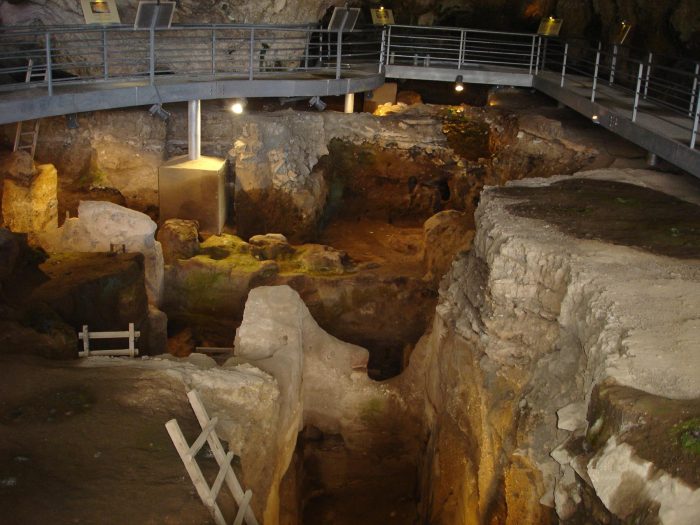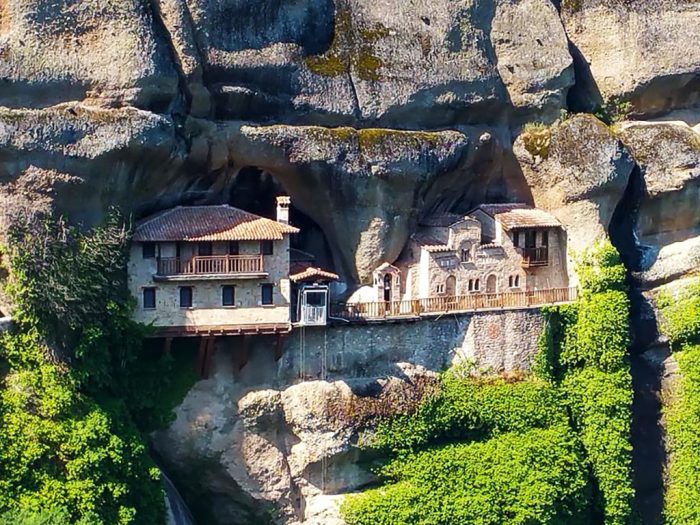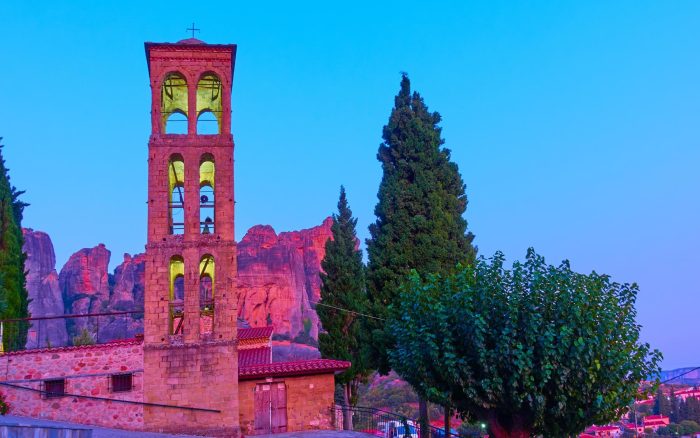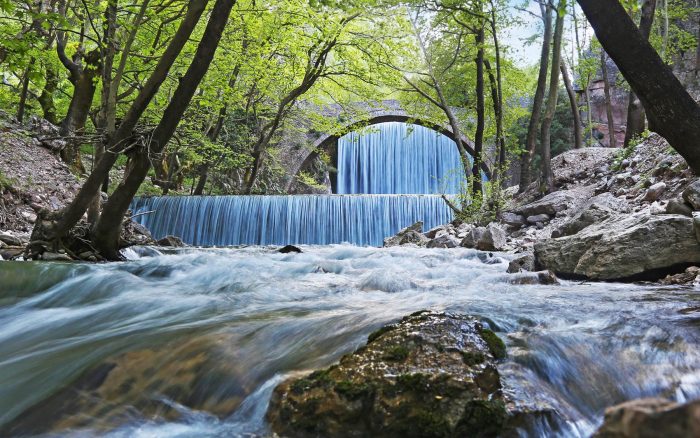Explore the world- famous monasteries
The monastic community of Meteora dates back to the 14th century, when the first monks arrived in the area with the intention of building monasteries. Of the 24 Meteora monasteries operating in the 16th century, six remain active: Great Meteoron, Varlaam, Roussanou, Agios Stefanos and Agios Nikolaos, as well as the Holy Trinity Monastery.
Visiting the monasteries is a must when it comes to things to do in Meteora. All offer amazing views and rich history, and each has a unique ambience. Beyond these, the monasteries of Agios Antonios and Agios Nikolaos of Badovas, as well as the Monastery of Ypapanti (located to the north), can also be visited, having been part of a recent restoration program.

